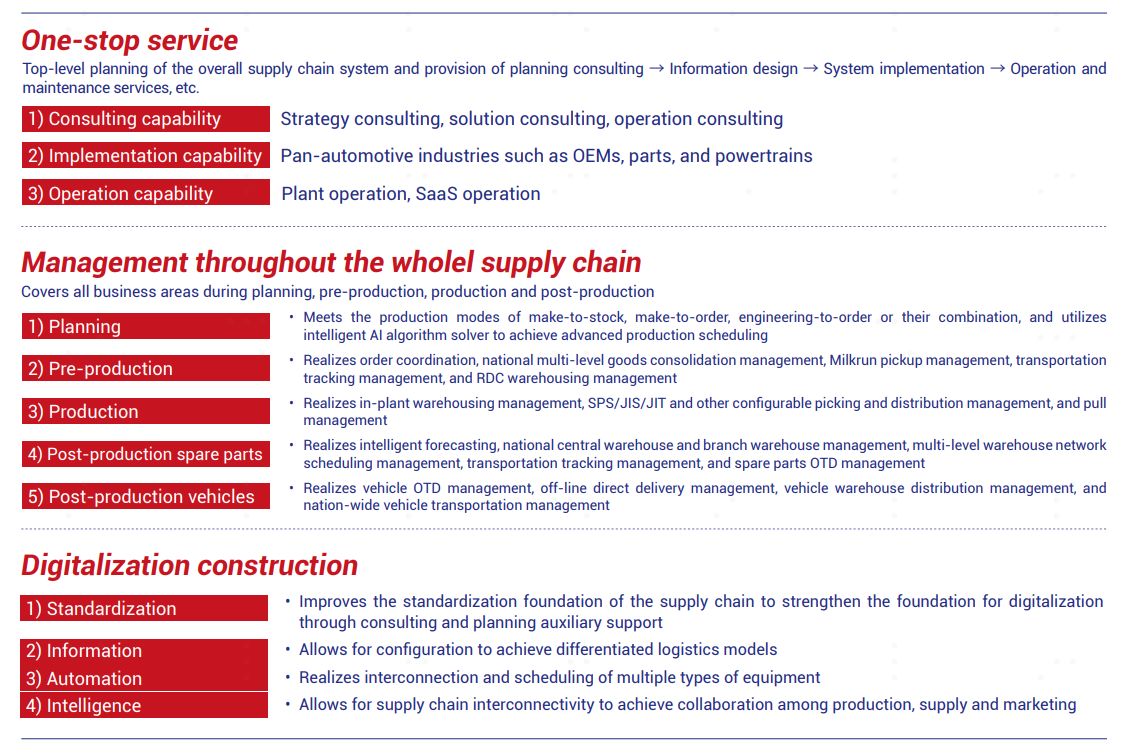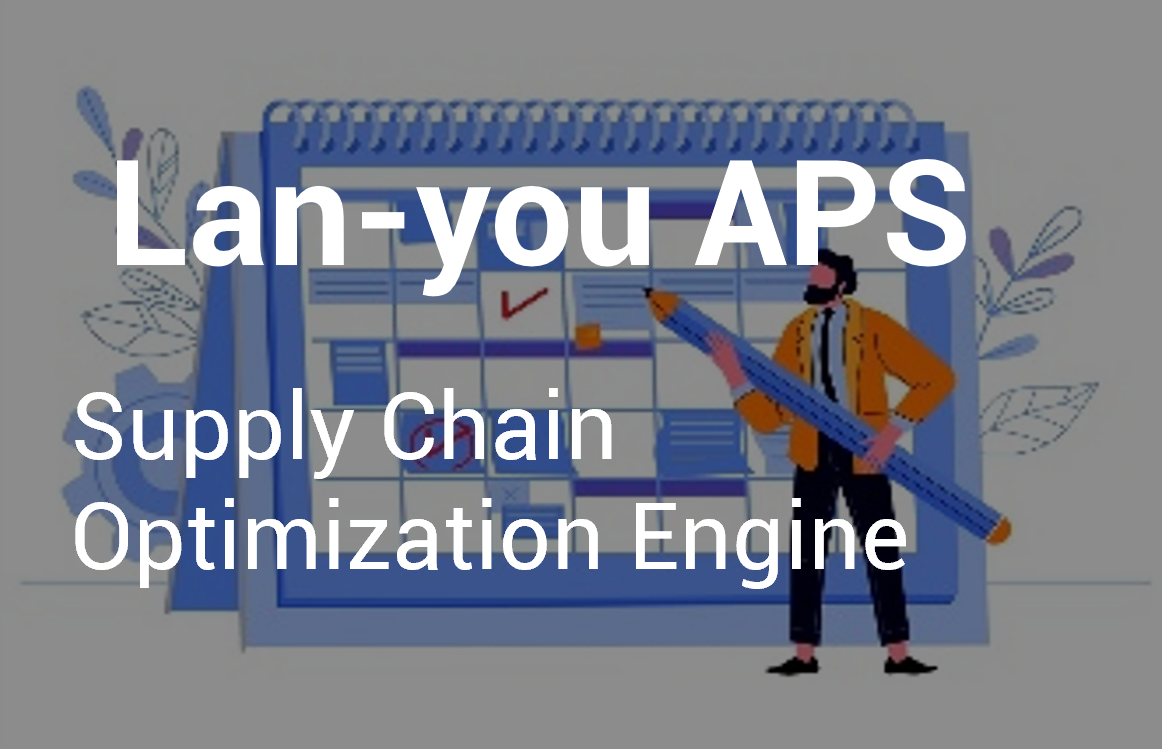-
Products & Services
Digitalized product
Intelligent manufacturing
MarTech
ICV Cloud
Digital-Intelligent Finance
Digital-Intelligent Technologies
 Digital Operations
Digital Operations - Satisfy customer
- News Center
- Market activity
- About Us
- EN/CN/JP
















